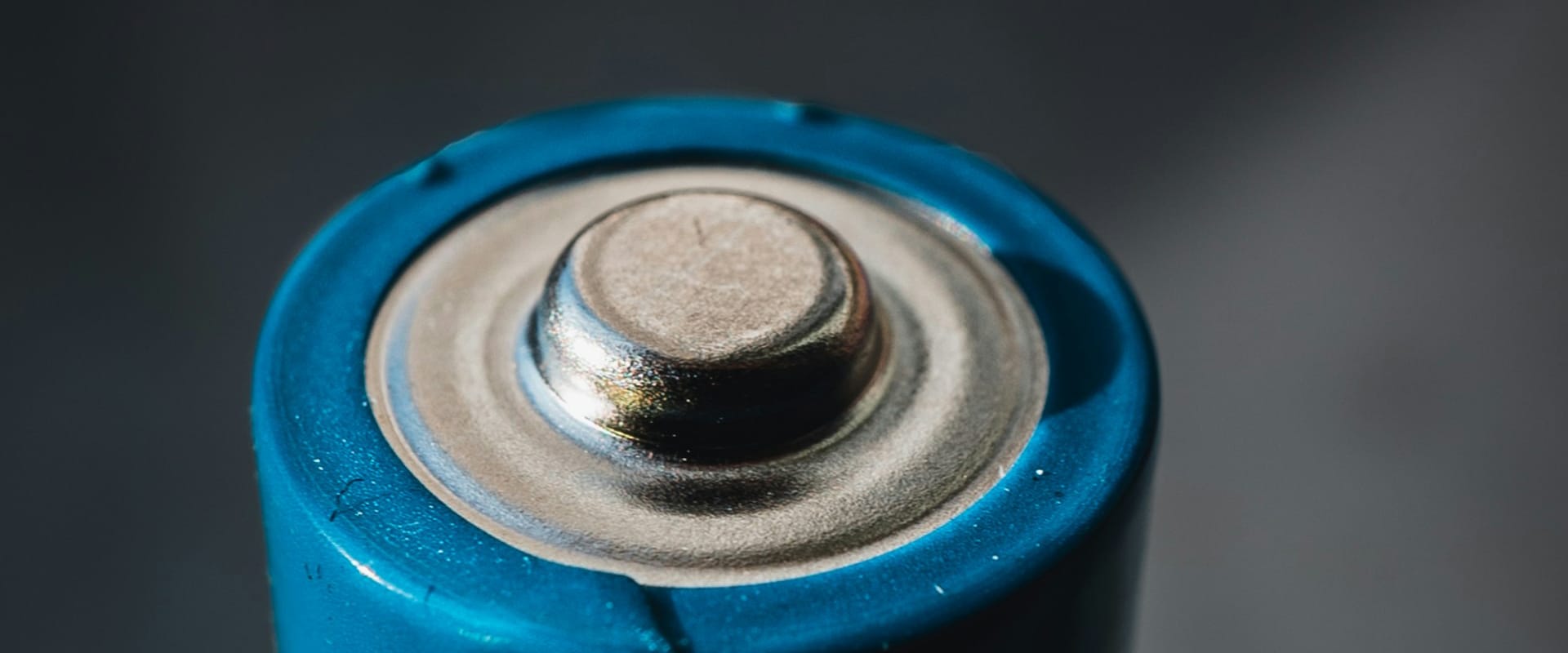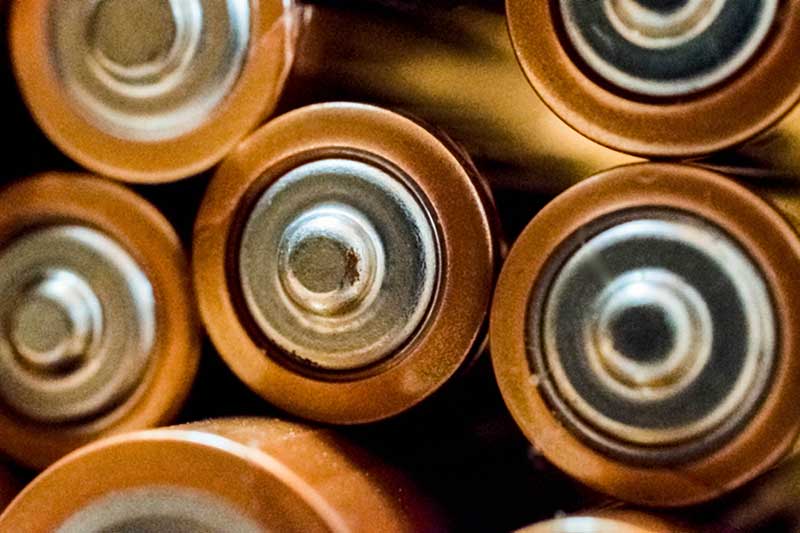The environment is a much more than crucial issue in 2024 than it was in the early 80s (for example).
This can be due in particular to the recycling (or disposal) of the battery.
According to an article published in Le Parisien, In Europe (for example), some scientists expect to recycle more than 700,000 tons of batteries in 2035 (if this figure is not multiplied by 10).
This data can guide us in relation to battery use and recycling in Canada. Batteries are ubiquitous in our daily lives, powering our electronics, cars, and many other equipment.
However, not all batteries are created equal, and their impact on the environment varies depending on what they are made of and how they are manufactured and disposed of.
In Canada, the issue of used battery management is crucial to reducing our environmental footprint.
In this article, we’ll explore the different types of batteries that are commonly used, their impact on the environment, and the steps being taken in Canada to better manage and recycle them.

Types of batteries used in Canada
- Lead-acid batteries
- Lithium-ion batteries
- Nickel-cadmium batteries
- Nickel Metal Hydride Batteries
- Emerging battery technologies
Lead-acid batteries
Lead-acid batteries are among the most commonly used in Canada, primarily in automotive and standby applications.
They are recyclable, but their manufacture and disposal can have a significant environmental impact due to the presence of lead.
Lithium-ion batteries
Lithium-ion batteries are becoming increasingly popular due to their high energy density and low self-discharge rate.
They are widely used in portable electronic devices and electric vehicles.
However, the manufacture and recycling of lithium-ion batteries poses challenges in terms of toxic waste management.
Seeing the benefits of these batteries, more and more efforts are being made to develop efficient recycling processes to reduce their environmental impact.
Nickel-cadmium batteries
Nickel-cadmium batteries have been widely used in portable and industrial applications due to their durability and ability to maintain a constant charge.
However, the cadmium they contain can be toxic to the environment in the event of leaks or poor waste management.
It is important to note that recycling nickel-cadmium batteries is essential to minimize their impact on the environment.
Nickel Metal Hydride Batteries
Nickel-metal hydride batteries are a more environmentally friendly alternative to nickel-cadmium batteries because they do not use cadmium.
They are mainly used in consumer applications, such as electronic devices and cordless tools.
However, nickel metal hydride technology remains less widespread than other types of batteries.
Emerging battery technologies
Emerging battery technologies, such as sodium-ion batteries and supercapacitors, offer new possibilities for more sustainable and efficient energy storage solutions.
Although these technologies are still in the development phase, they could play a crucial role in the transition to a greener and more sustainable economy.
Environmental Impact Assessment
Battery production requires the extraction of resources such as lithium, cobalt, and nickel, which can have a significant environmental impact.
The extraction of these materials can lead to deforestation, water and soil pollution, as well as social conflicts related to mining.
Utilization and energy efficiency
The use of batteries has an impact on energy efficiency, as some batteries are more efficient than others at storing and returning energy.
Lithium-ion batteries, for example, are more energy efficient than lead-acid batteries, making them more environmentally friendly in the long run.
It is also crucial to consider the energy efficiency of battery-powered appliances, as energy-efficient use helps to reduce the overall environmental footprint.
End-of-life disposal and recycling
The end-of-life disposal of batteries and their recycling are critical aspects to reduce the environmental impact of e-waste.
Batteries must be properly collected, recycled, and disposed of to avoid contamination of soil and water.
Effective recycling procedures can recover valuable materials and reduce dependence on natural resources.
Raising public awareness of the importance of battery recycling and having adequate collection systems in place is essential to ensure sustainable management of battery waste.
Canadian Environmental Legislation for Batteries
Canada has strict legislation in place to regulate battery management to protect the environment.
Laws such as the Canadian Environmental Protection Act impose strict standards for the recycling and treatment of used batteries.
Companies are required to comply with these regulations to reduce their environmental impact.
Industry Standards and Best Practices
In addition to government regulations, the battery industry in Canada also follows standards and best practices to promote environmental sustainability.
Certification programs such as the ISO 14001 certification program help companies implement responsible battery management practices.
These standards ensure that batteries are processed safely and environmentally friendly throughout their entire life cycle.
Mitigation and sustainability measures
Advancements in sustainable battery technologies are crucial to reducing the environmental footprint of batteries in Canada.
Significant progress has been made in the development of lithium batteries that are more durable, recyclable and less harmful to the environment.
These innovations contribute to a more efficient use of natural resources and reduce toxic waste from batteries.
Initiatives for improved recycling and waste management
Initiatives to improve battery recycling and waste management are underway in Canada.
Used battery collection and recycling programs are in place to reduce the amount of toxic waste sent to landfills.
In addition, stricter regulations are being developed to ensure responsible management of waste batteries and encourage their recycling.
The impact of different types of batteries on the environment in Canada
In conclusion, it is essential to consider the environmental impact of the different types of batteries used in Canada.
Lead-acid, nickel-cadmium, nickel-metal hydride, and lithium-ion batteries all have detrimental effects on our environment due to their life cycle, chemical composition, and recycling process.
It is imperative to promote the use of rechargeable batteries and to put in place effective recycling programs to limit the pollution and waste generated by these technologies.
As a society, it is our responsibility to take responsible action to preserve our environment and ensure a sustainable future for future generations.

